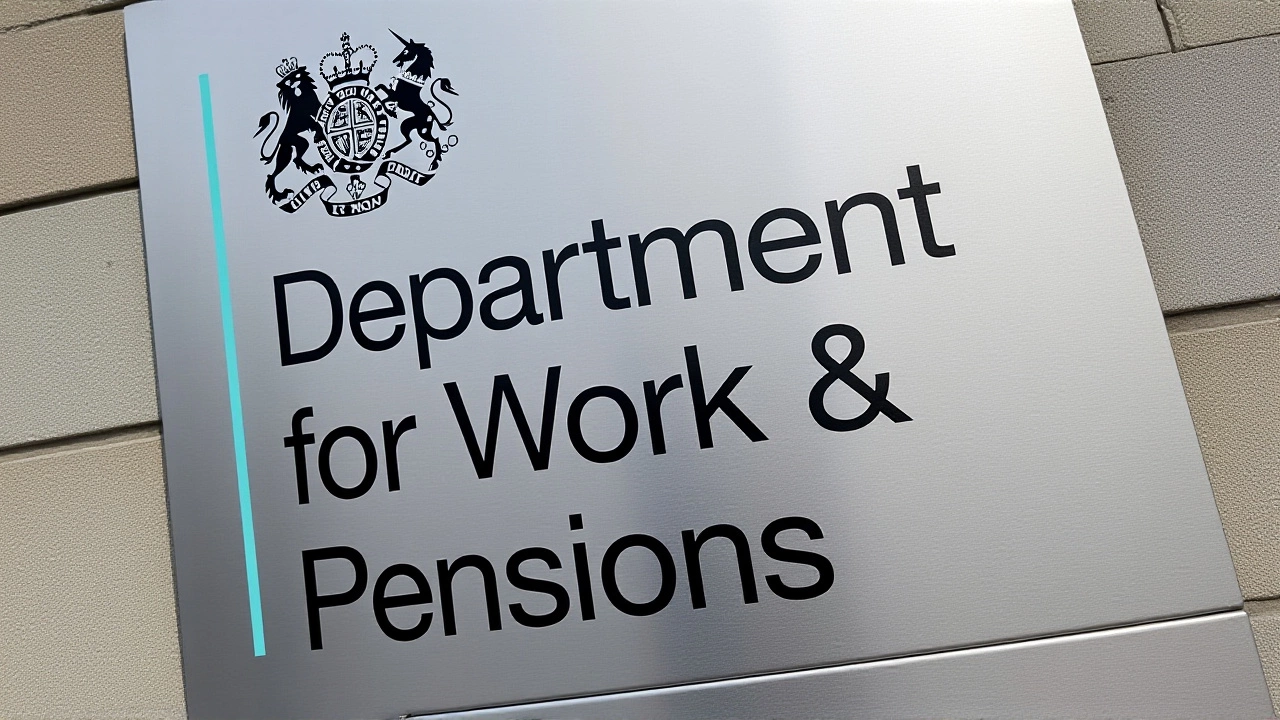When Department for Work and Pensions confirmed a 4.7% uplift to the State Pension effective 6 April 2026, retirees across the United Kingdom started doing the maths – an extra £561.60 a year for those on the full rate.
The jump comes straight from the triple‑lock formula, which selects the highest of three indicators: average earnings growth, consumer‑price inflation, or a 2.5% floor. For the three‑month period ending July 2025, Office for National Statistics reported a 4.7% rise in total pay, including bonuses. That outpaced the Bank of England’s projected 4.0% CPI for September 2025, so the earnings figure drove the increase.
How the triple lock works in practice
Since its introduction in 2010, the triple lock has been a political safety net. Each spring, the government checks three numbers:
- Average earnings growth in Great Britain – measured by the AWE series.
- Consumer Prices Index (CPI) inflation.
- A guaranteed minimum rise of 2.5%.
Whichever is highest becomes the uprating rate for that year. In this cycle, earnings won the race, meaning the new State Pension will climb from £230.25 per week in 2025/26 to £241.05 in 2026/27 for those who qualified after 6 April 2016.
Financial impact on pensioners
The numbers look tidy on paper, but they translate into real‑world changes. Full‑rate new‑pension recipients will see their annual payment jump from £11,973 to £12,534.60 – that’s the £561.60 boost mentioned earlier. For those still on the legacy scheme, the weekly figure lifts from £176.45 to £184.75, taking the yearly total to £9,607.
It isn’t a blanket raise; the pension you collect still hinges on your National Insurance record. You need 35 qualifying years for the full new pension; each year you’ve paid in nets you 1/35th of the top rate. Folks with fewer than ten years often get nothing at all.
Government cost and fiscal concerns
According to analysis by Broadstone, a pensions consultancy based in London, the 4.7% uplift represents a "significant uplift" for retirees but also adds roughly £13 billion to the fiscal ledger this year.
"The triple lock has always been a political promise, but it’s becoming an increasingly heavy burden on the public purse," said Emma Whitaker, senior partner at Broadstone. "If earnings keep outpacing inflation, we’ll see that fiscal pressure grow year on year."
The Government Actuary’s Department (GAD) has already warned that the extra spend could force a rethink of the lock, especially as the nation grapples with post‑pandemic budget constraints.
Tax implications – the looming fiscal drag
One side‑effect that’s generating a lot of chatter is "fiscal drag" – the phenomenon where higher pension payments push retirees into the income‑tax net.
For the 2025/26 tax year, the personal allowance sits at £12,570. The new top‑rate pension of £12,534.60 sits just £35 shy of that threshold. GAD estimates that about 1.2 million pensioners will become liable for income tax solely because of the increase, even though the tax bands themselves haven’t shifted.
Tax expert Dr. Alan Ferguson of the Institute for Fiscal Studies explained, "It’s a classic case of policy interaction – a well‑intentioned rise in benefits inadvertently trims net take‑home pay for a sizable slice of the elderly population."
Future outlook and policy debate
The pension age timetable is also on the horizon. Under the Pensions Act 2014, the state pension age will reach 67 between 2026 and 2028, and 68 between 2044 and 2046. Those changes will intersect with the triple‑lock calculations, potentially magnifying future cost pressures.
Opposition parties have already signalled they may drop the triple lock if it forces unsustainable borrowing. Meanwhile, senior DWP officials say the lock is a "promise to our pensioners that we won’t let their living standards fall behind".
What happens next will hinge on the interplay between wage growth, inflation trends, and political will – a moving target that retirees and policymakers will be watching closely.
Frequently Asked Questions
How much more will a full‑rate new State Pensioner receive each month?
The weekly increase is £10.80, which works out to roughly £46.80 extra per month for those on the full new State Pension.
Why does the triple lock use earnings growth instead of inflation?
The lock picks the highest of the three measures each year. When wages rise faster than prices, the earnings figure guarantees pensioners’ incomes keep pace with living standards, which is why it was used for the 2026 uprating.
Will the increase push all pensioners into paying income tax?
No. The Government Actuary’s Department expects about 1.2 million of the roughly 10 million pensioners to cross the £12,570 personal‑allowance threshold. The majority will remain below it.
What happens to people with less than 35 qualifying years?
They receive a proportion of the full rate – 1/35th for each qualifying year. Those with fewer than ten years typically receive no State Pension at all, though they may qualify for other benefits.
Could the triple lock be scrapped in future years?
Politicians have floated the idea, especially if wage growth stays high and the fiscal hit becomes unsustainable. Any change would require a governmental decision and likely a new piece of legislation.
